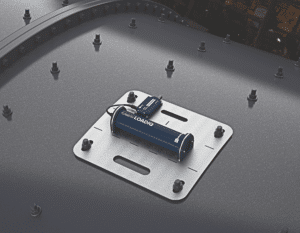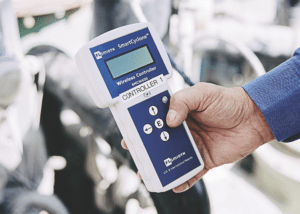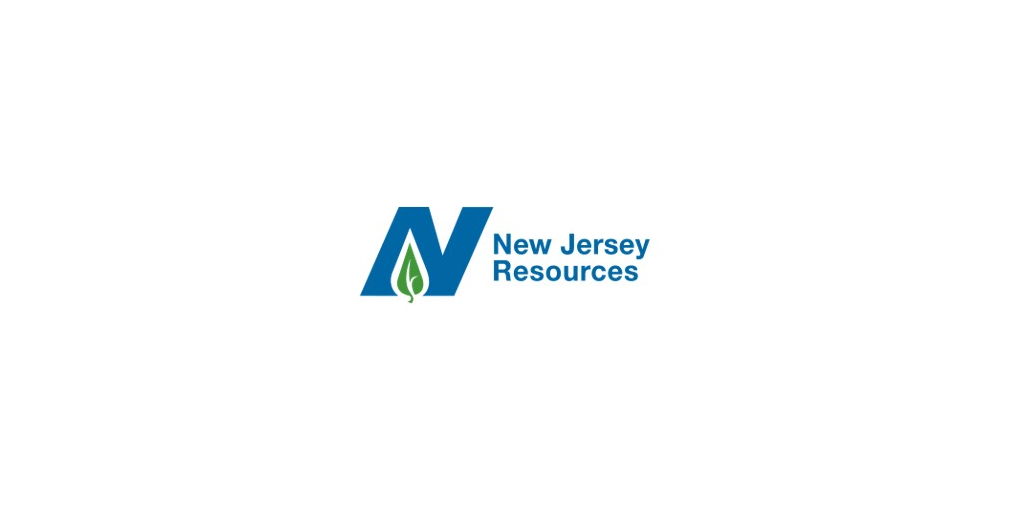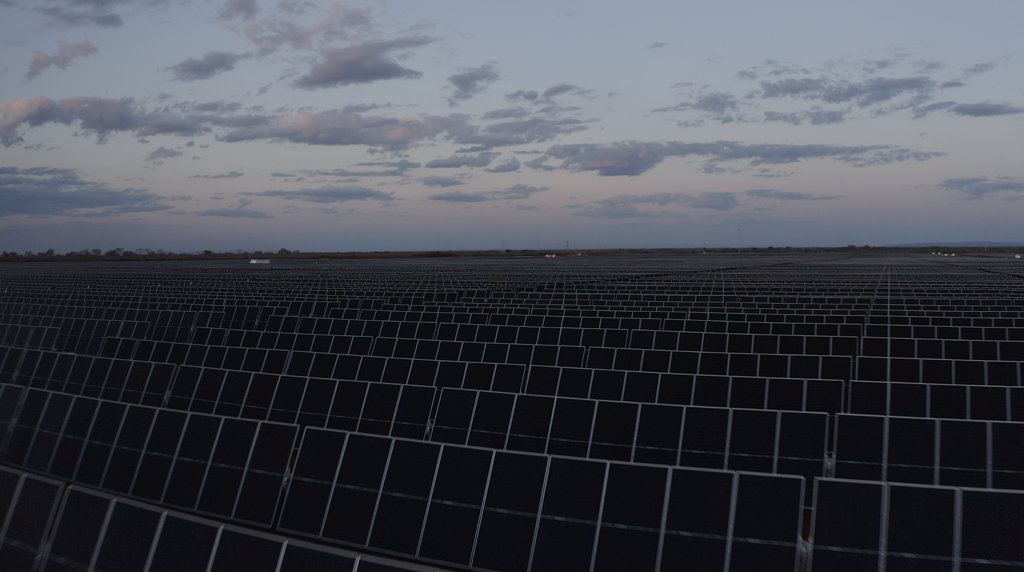Australian Mining sat down with FLSmidth to discuss the decarbonisation challenges the Australian mining sector is facing today.
One of the most cost-effective ways for a mining company or contractor to reduce their carbon footprint is by improving the efficiency of their fixed plant, something in which FLSmidth specialises.
The esteemed original equipment manufacturer (OEM) has a range of fixed plant equipment that can drive down total site emissions per tonne.
This includes FLSmidth’s REFLUX technologies, comprising the REFLUX Classifier (RC), REFLUX Concentrating Classifier (RCC) and REFLUX Flotation Cell (RFC), alongside its crushing, milling and grinding solutions.
“What we’re talking about is doing more for less – giving you more product for less CO2 per tonne,” FLSmidth APAC regional president Jason Elks told Australian Mining. “We’re not saying we can eliminate CO2, but we can reduce the impact.”
The RC has become one of FLSmidth’s most advanced fine-particle, gravity-based separators, using minimal power and water to enable the recovery of more minerals more efficiently.

Image: FLSmidth
The product underpins FLSmidth’s MissionZero strategy, whereby the OEM is working with its mining customers on a partnership model to provide end-to-end solutions that aim to achieve zero emissions, zero water waste and zero energy waste by 2030.
Elks said FLSmidth will be working with several leading mining customers this year to support the installation of its REFLUX technologies.
“The REFLUX technologies will help our customers maximise optimisation in fixed plant, giving greater tonnages and reducing their overall CO2 inputs to the production of commodities such as coal, iron ore and manganese,” he said.
FLSmidth’s digital prowess goes hand-in-hand with the REFLUX range, with the OEM not only able to provide the machinery to process the minerals but also the digital infrastructure to monitor production levels and asset health.
“FLSmidth’s digital optimisation technologies are really starting to gain traction globally,” Elks said.
“This includes LoadIQ, our smart sensor technology that accurately measures volumetric filling and ore trajectory of your mill, as well as our SmartCyclone technology.”
FLSmidth’s SmartCyclone offering is a process-control solution that monitors cyclone parameters and identifies early warning signs that could lead to failure, ensuring the proactive maintenance and continuous operation of a grinding circuit.
“Our digital offerings are really starting to pay dividends for our customers,” Elks said. “We’ve had multiple successful trials and we’re across many sites globally, so we are seeing really strong uptake of optimisation through FLSmidth’s digital agenda.
“Our digital technologies enable customers to operate their equipment at optimal efficiency. While being able to realise peak efficiencies and equipment life, customers are also able to increase production, so it’s a win-win.”

Image: FLSmidth
Installing FLSmidth’s digital infrastructure enables mining companies and contractors to be firing on all cylinders, all day and every day, with the benefits of avoiding plant shutdowns just as critical to profitability as realising optimal efficiency.
And with efficiency comes better sustainability, with the opportunity for miners and contractors to quickly drive down emissions as the Safeguard Mechanism becomes more restrictive in the coming years.
Elks said that while proponents such as FLSmidth are charting a path for the Australian mining industry to decarbonise, there is still an operational disconnect regarding the decarbonisation imperative.
“We’re all talking about decarbonising, and we’re all talking about this impending or current crisis that we need to address,” he said.
“We can talk about that at a board and executive level, but then at an operational level we have KPIs and production outputs that are diametrically opposed to a company taking a chance and trialling technologies that are necessary to fully decarbonise.
“There’s are two things that are holding this back. One is risk; risk in regards to current operations and throughput. And the second one is trust; trust as to whether this transformation can deliver the outcome.
“I don’t think we’ve defined that journey yet. I think everyone’s looking for a silver bullet, and the bit that’s missing is we have to accept this war will be won through multiple iterations.”
Elks spoke about the combined role of technology, suggesting that no single carbon-neutral solution can drive down emissions alone.
“It’s not about battery technology, it’s not about solar, it’s not about wind, it’s not about greater efficiencies, and it’s not about digitalisation. It’s all of those plus more,” he said.
“If we’re sitting back in operations, whether we’re a junior, mid-tier or major miner, and saying, ‘We’ll wait till somebody comes and puts this bolt-on technology that will transform my operations and give me the necessary sustainability outcome’, it’s never coming. It’s not there.
“It’s going to take multiple iterations and we have to accept that.
“We have to trust, we have to start the journey, we have to change our KPIs at the local level, and we have to allow operations to trial and embed new technology to transform. Only then can the mining industry put itself in the best position to decarbonise and meet the necessary net-zero requirements.”
While there are inevitably laggards, Elks said more and more mining and mining equipment, technology and services (METS) companies are starting to understand the parameters of the journey ahead.
“I (recently) had an engaging conversation with an executive of a major engineering firm and it was really pleasing to hear the journey they’re on,” Elks said. “We were talking about trust and innovation and how it’s not about the technology. Before you can even pitch the technology, before you can even define the burning platform, there needs to be a willingness for change and change management.”
In a world with greater levels of environmental obligation and legislation, change will be mandatory rather than optional, and mining companies and contractors without adequate change management processes in place risk being left behind.
This feature appeared in the April 2024 issue of Australian Mining.




